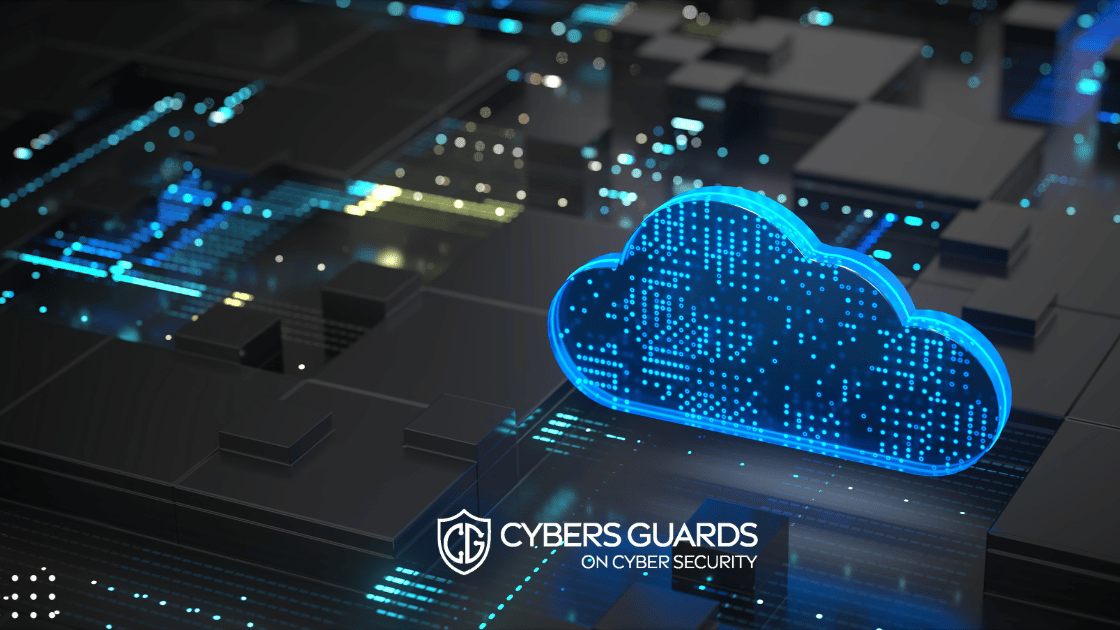
In today’s rapidly evolving cybersecurity landscape, the Security Operations Center (SOC) plays a crucial role in defending against ever-growing threats. A cornerstone of modern SOC operations is cloud-native SIEM (Security Information and Event Management).
Cloud native SIEM solutions are revolutionizing SOC efficiency by providing real-time threat monitoring, scalability and cost-effectiveness. In this article, we’ll explore the advantages of cloud-native architecture and how it enables SOC teams to handle larger volumes of data, respond faster to threats and adapt to changing security landscapes.
The Power of Cloud Native SIEM
By leveraging cloud-based architectures, cloud native SIEM solutions can easily scale up or down to meet the evolving needs of organizations, without the need for expensive hardware upgrades or infrastructure changes. This means that security teams can quickly respond to new threats and adapt to changing business requirements, without being hindered by legacy systems.
With its ability to provide real-time threat monitoring, cloud native SIEM enables SOC teams to stay ahead of evolving threats and reduce the time it takes to identify and contain incidents. By automating routine tasks such as incident response and alert management, these solutions help analysts focus on higher-level decision-making, improving overall SOC efficiency.
Automated Threat Response: Speeding up SOC Efficiency
Cloud-native SIEM solutions offer automated threat response capabilities, which allow SOC teams to quickly contain and mitigate threats before they can cause damage. This automation helps reduce the time it takes to respond to incidents and minimizes the potential impact of a security breach.
For example, cloud-native SIEM solutions can automatically perform tasks such as:
- Isolating compromised systems or endpoints
- Blocking malicious traffic or IP addresses
- Quarantining suspicious files or attachments
- Triggering incident response playbooks or workflows
These automated actions help SOC teams to quickly contain and mitigate threats, which is especially important in today’s rapidly evolving threat landscape.
Integration with Existing Security Tools
A key benefit of cloud-native SIEM solutions is their ability to seamlessly integrate with existing security tools and platforms. This means that SOC teams can retain their investments in current systems while still leveraging the advantages of cloud-native SIEM technology.
Cloud-native SIEM solutions like Blacklight AI, for example, offer integration with a wide range of third-party tools, including firewalls, intrusion detection systems (IDS) and endpoint protection platforms (EPP). This allows SOC teams to incorporate their existing security infrastructure into the cloud-native SIEM solution, which can help improve overall SOC efficiency.
Blacklight AI: The Future of Threat Monitoring
One example of innovative cloud-native SIEM technology is the Blacklight platform. Blacklight AI combines advanced threat detection with real-time monitoring, providing SOC teams with unparalleled visibility into their security posture.
The Blacklight AI platform utilizes machine learning algorithms and advanced analytics to automatically identify and prioritize threats, enabling analysts to focus on high-priority incidents.
The Role of AI in Enhancing SOC Analyst Capabilities
AI-powered SIEM solutions like Blacklight AI are transforming the role of SOC analysts by providing them with real-time insights and intelligence.
By leveraging machine learning algorithms to analyze vast amounts of security data, these solutions can help analysts identify patterns and anomalies that might otherwise go unnoticed. This means that SOC teams can quickly respond to emerging threats and proactively mitigate potential risks.
Real-Time Threat Monitoring: A Game-Changer for SOC Efficiency
Cloud-native SIEM solutions offer real-time threat monitoring capabilities, which enable SOC teams to stay ahead of evolving threats. By continuously analyzing security data in real-time, these solutions can detect and respond to incidents as they happen.
For example, cloud-native SIEM solutions can monitor network traffic, log data and other security-related information for signs of potential threats. This allows SOC teams to quickly investigate and mitigate incidents before they can cause damage.
Some key benefits of real-time threat monitoring include:
- Faster incident response times
- Improved visibility into security posture
- Reduced risk of data breaches or cyber attacks
- Enhanced collaboration between SOC analysts
Scalable Security Solutions: The Future of SOC Operations
Cloud-native SIEM solutions are designed to scale up or down as needed, making them an ideal solution for organizations with fluctuating security needs. This scalability allows cloud-native SIEM to adapt quickly to changes in the security landscape and accommodate large volumes of data without compromising performance.
During a major cybersecurity event, for instance, cloud-native SIEM can easily scale up to handle increased traffic and analyze large volumes of security-related data to identify potential threats. When the threat passes, the solution can scale back down, which helps reduce costs and optimize resources.
In conclusion, cloud-native SIEM solutions like Blacklight AI are revolutionizing SOC operations by providing real-time threat monitoring, scalability and cost-effectiveness. By automating routine tasks, integrating with existing security tools and leveraging AI-powered analytics, these solutions are transforming the role of SOC analysts and enabling them to respond faster to threats.
As the cybersecurity landscape continues to evolve, cloud-native SIEM will remain a cornerstone of modern SOC operations, providing organizations with the visibility, agility and flexibility needed to stay ahead of emerging threats.
